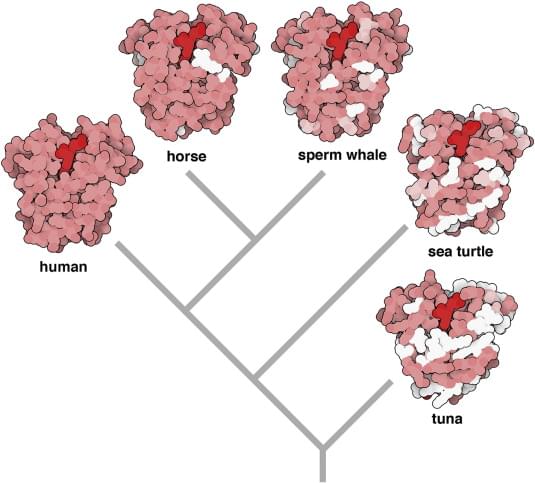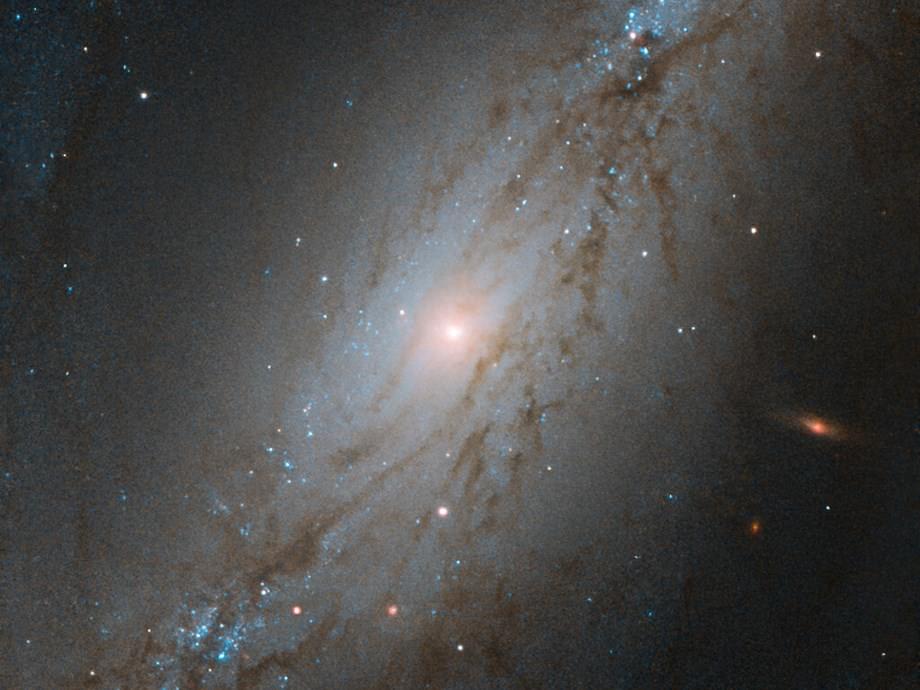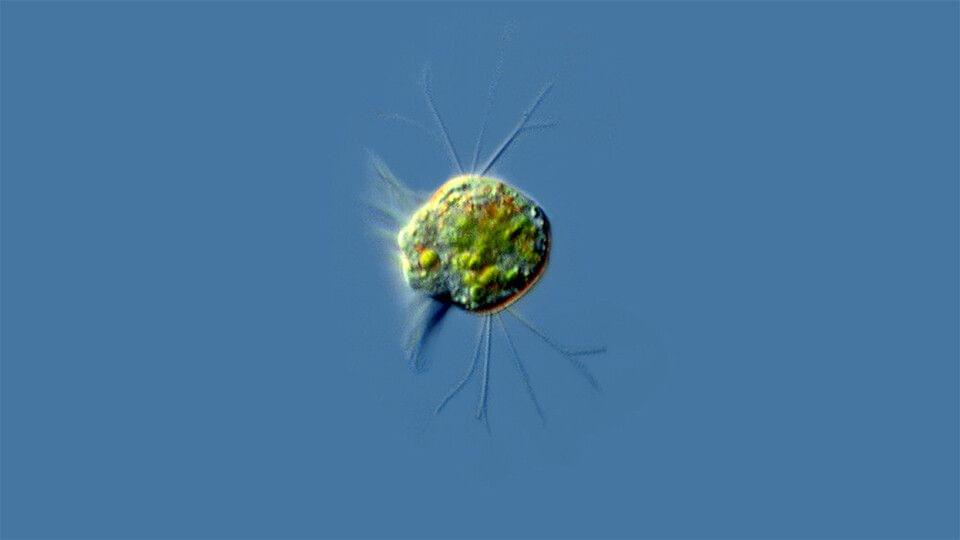Using the James Webb Space Telescope, scientists say they’ve now observed galaxies from when the universe was just 330 million years old.
Aging is a complex process best characterized as the chronic dysregulation of cellular processes leading to deteriorated tissue and organ function. While aging cannot currently be prevented, its impact on lifespan and healthspan in the elderly can potentially be minimized by interventions that aim to return these cellular processes to optimal function. Recent studies have demonstrated that partial reprogramming using the Yamanaka factors (or a subset; OCT4, SOX2, and KLF4; OSK) can reverse age-related changes in vitro and in vivo. However, it is still unknown whether the Yamanaka factors (or a subset) are capable of extending the lifespan of aged wild type mice. Here, we show that systemically delivered AAVs, encoding an inducible OSK system, in 124-week-old mice extends the median remaining lifespan by 109% over wild-type controls and enhances several health parameters. Importantly, we observed a significant improvement in frailty scores indicating that we were able to improve the healthspan along with increasing the lifespan. Furthermore, in human keratinocytes expressing exogenous OSK, we observed significant epigenetic markers of age-reversal, suggesting a potential reregulation of genetic networks to a younger, potentially healthier state. Together, these results may have important implications for the development of partial reprogramming interventions to reverse age-associated diseases in the elderly.
All authors performed the work while employed at Rejuvenate Bio Inc. Rejuvenate Bio is a therapeutics company translating gene therapies to treat age-related diseases.
Resurrecting the Dead (Molecules)
Posted in biological, evolution, genetics
Year 2017 face_with_colon_three
Biological molecules, like organisms themselves, are subject to genetic drift and may even become “extinct”. Molecules that are no longer extant in living systems are of high interest for several reasons including insight into how existing life forms evolved and the possibility that they may have new and useful properties no longer available in currently functioning molecules. Predicting the sequence/structure of such molecules and synthesizing them so that their properties can be tested is the basis of “molecular resurrection” and may lead not only to a deeper understanding of evolution, but also to the production of artificial proteins with novel properties and even to insight into how life itself began.
Year 2013 face_with_colon_three
Francisco José Soler Gil, Manuel Alfonseca, Fine Tuning Explained? Multiverses and Cellular Automata, Journal for General Philosophy of Science / Zeitschrift für allgemeine Wissenschaftstheorie, Vol. 44, No. 1 (July 2013), pp. 153–172.
Read more about it here: https://ow.ly/jV1H50Mtv2S📷 @esa / @HUBBLE_space & @NASA M. Stiavelli, P. Erwin et al. pic.twitter.com/hprRJ8APnN
— HUBBLE (@HUBBLE_space) January 19, 2023.
Nearly a year after it began, the worst avian-influenza outbreak in U.S. history is continuing to decimate poultry flocks across the Midwest and Colorado, frustrating efforts to keep the virus from affecting the nation’s egg prices and supply.
In South Dakota, the highly contagious bird flu, typically transmitted by the feces, mucus and saliva of wild birds, first hit commercial poultry farms in March 2022 and has continued to affect flocks. Within the last month, egg-laying hens and turkeys at several local farms were infected, leading to the deaths of more than 1.3 million poultry over that period, according to U.S. Department of Agriculture data. Nearly four million poultry have died in the state since the start of the outbreak.
In 2020 I joined the private beta test of Open AI’s Generative Pre-trained Transformer 3 (GPT-3), which is an earlier version of ChatGPT. When ChatGPT was released in November 2022, I started experimenting with it. For over two years I’ve been exploring the strengths and limits of this technology and assessing how this tool could be useful to me. I’m also interested how this new technology is being utilized by scientists and academics to make meaningful contributions to academic work and education.
A recent study demonstrated that ChatGPT was able to pass the US Medical Licensing Exam without any special training prior to the exam and was able to demonstrate a high level of insight in its explanations. The results suggest that ChatGPT may be able to assist with medical education.
I published the first article about my experiments with ChatGPT last week. The article entitled How The Evolution Of AI In Healthcare Aligns With Thomas Kuhn’s Structure has been viewed over 13,000 times, and has received and
Year 2019 face_with_colon_three
In a study that raises profound questions about the line between life and death, researchers have restored some cellular activity to brains removed from slaughtered pigs.
The brains did not regain anything resembling consciousness: There were no signs indicating coordinated electrical signaling, necessary for higher functions like awareness and intelligence.
But in an experimental treatment, blood vessels in the pigs’ brains began functioning, flowing with a blood substitute, and certain brain cells regained metabolic activity, even responding to drugs. When the researchers tested slices of treated brain tissue, they discovered electrical activity in some neurons.
The San Jose, Calif.-based company on Thursday announced plans for the new regional headquarters in Frisco.
McAfee will open offices at The Star development, where the Dallas Cowboys are headquartered, by the middle part of this year, according to a release from Frisco city officials.
“Our decision to choose Frisco for our regional HQ was also based on the diverse cultural destination the city has become, and the many opportunities our team members will have to be immersed in the community and to give back to the many non-profit organizations here,” Benni Bueckert, a McAfee vice president, said in the release.
😗
If these organisms are eating viruses in nature, it could change the way scientists think about global carbon cycling.








